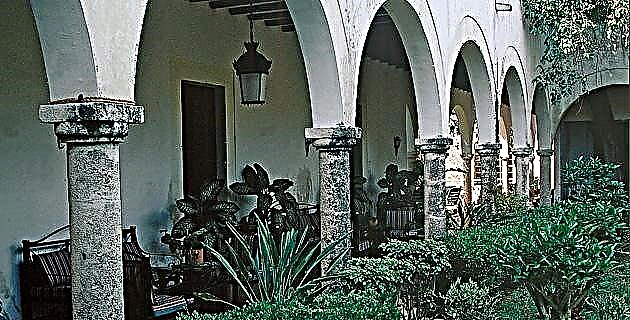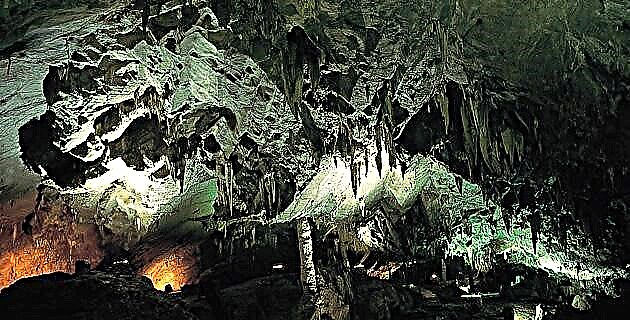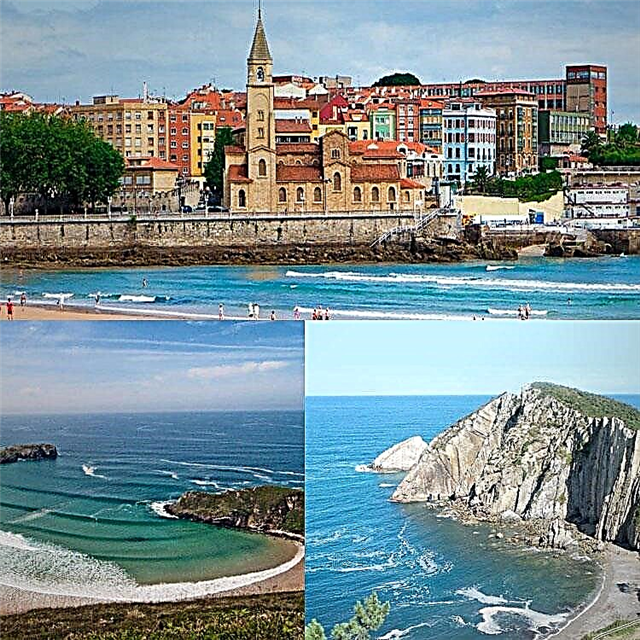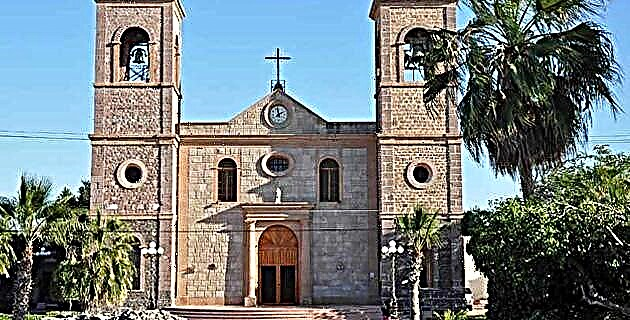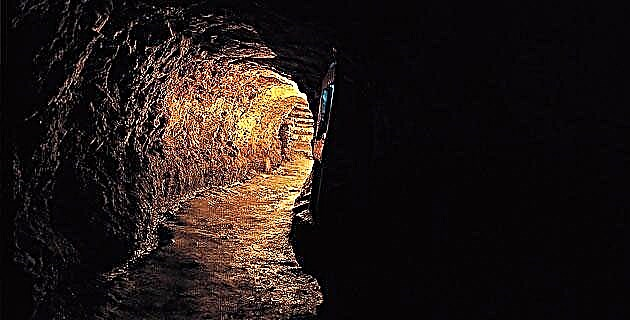
The religious who entered the unpopulated territories of the north of New Spain had the idea of converting the "barbarian" nations to Christianity and thus also integrating them into political life, to later found schools and cities in the villages previously established by them.
To achieve these objectives, the parents, always accompanied by armed groups, approached the Gentiles and offered them protection from the Church and the Spanish Crown in exchange for receiving Christian education. The Indians who accepted, congregated to build a mission, becoming a refuge for the Indians and a place to learn European techniques of agriculture and other trades.
Once the pacification was completed, the mission became a fledgling town with a church, while the missionaries moved elsewhere to restart their evangelistic work. This system was risky, because the northern Indians certainly put up a certain resistance, since they were more hostile than those in the center, and they fled towards the mountains.
The conversion worked based on the award of land and protection for the Indians in exchange for obedience. Those who opposed were punished, while those who organized rebellions were executed.
Once the indigenous tribe was assembled, a main nucleus or head was integrated, which was made up of several towns and settlements that were subject to it. The missionaries resided in the headwaters and were in charge of at least two visiting villages. Three or more missionaries depended on a rector and a local visitor. These establishments together formed a Province.
First, a church made of stone was erected and around it, with adobe, houses were built for the friars who were going to evangelize, the sun, dice and indigenous families, and generally a school. In the establishments there was what we could call a primitive economic structure. They had areas for cultivation, sowing land, opening roads and irrigation canals; raising livestock, vegetables and artisan activity. In schools the catechism, reading, writing and music were taught.
As time passed, some missions were completely abandoned due to various events, such as the expulsion of the Jesuits in 1767, the spread of diseases brought by the Spanish, the attacks by the "barbarian" Indians, the weather conditions, the long distances and the little money to maintain them. Some are preserved today as churches and others now make up populations of great importance. However, of some missions only the site of their initial location is known and of others only ruins remain.
The Jesuits established missions in Baja California Norte and Sur, Sonora, Sinaloa, Chihuahua, northern Nayarit, part of Durango and Coahuila. After their departure, the Dominicans settled in northern Baja California, while the Franciscans evangelized Tamaulipas and Nuevo León and replaced the missionaries of the Order of Loyola in the southern part of Baja California, Sonora, Sinaloa, Chihuahua, Nayarit, Durango and Coahuila. In the north center, after the rebellion of the Zacatecos —which prevented the Franciscan missions from continuing—, the indigenous people organized themselves into convents.
In 1563 Captain Francisco de Ibarra toured the territory that includes the current state of Sinaloa and founded some towns. However, these lasted a short time and it was not until 1591 that by orders of the governor of Nueva Vizcaya, the Jesuit fathers Gonzalo de Tapia and Martín Pérez were commissioned to evangelize the region.
The religious crossed the Sierra Madre Occidental in May of that same year, entering through Acaponeta, Nayarit, and passing through Culiacán they arrived at the site, where on June 6, 1591 they founded their first building: San Felipe de Sinaloa.


